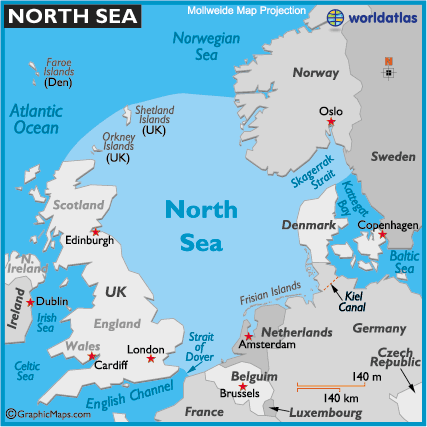Recently scientists from the European Space Agency have discovered that the melting of much of Western Antarctica has caused a change in gravity. Since 2009-2012 the gravity in the local catchment basin, the local area focused on by the satellite, has dipped quite immensely. This is a relatively new discovery because satellites before measured change over time over a large area. This made it more difficult to find the changes in these more localized areas. These changes do not surprise many scientists, who predicted with the loss of ice on the poles, many different changes to occur. The most obvious being the rise in sea levels across the world, which has the potential to effect many of the world's largest cities and infrastructure.

Other satellites studying the area foretell an even greater decrease in the ice sheets, with ice melting at three times its original speed or greater. Since 2011 Antarctica has lost 125 cubic kilometers a year on average. All these factors relate to climate change and the synergy with the Ocean and our planet as a whole, which could be effected in ways unknown.
European Space Agency. "Satellite measurements reveal gravity dip from
ice loss in West Antarctica." ScienceDaily. ScienceDaily, 30 September
2014. <www.sciencedaily.com/releases/2014/09/140930195428.htm>.



